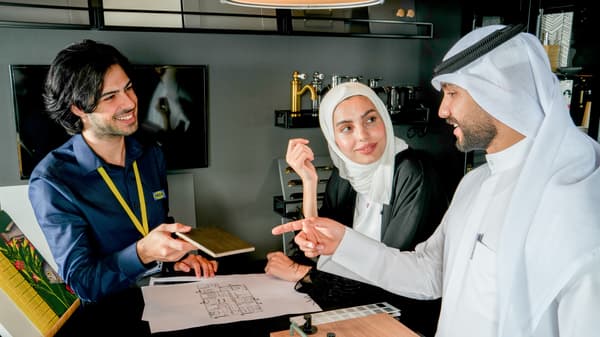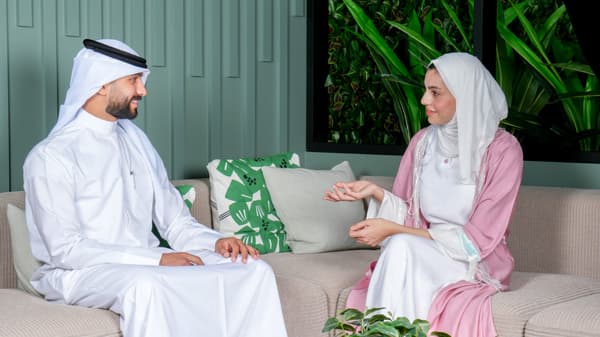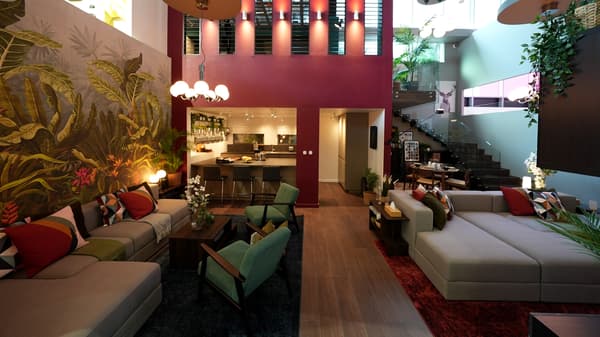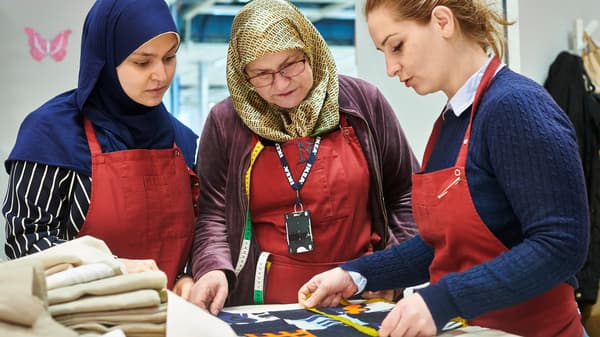Life at Home in Kuwait 2025
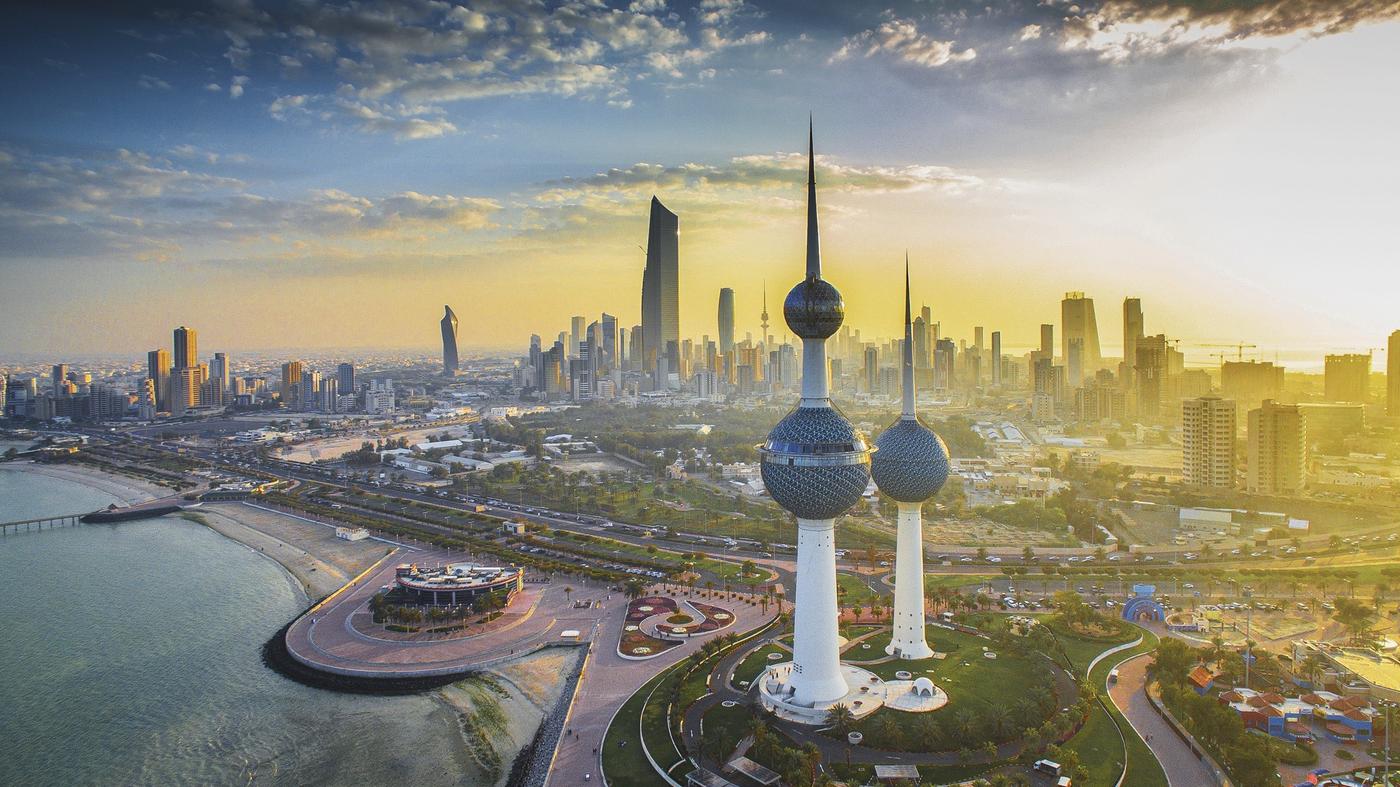
Life @ Home Kuwait 2025
Life @ Home Kuwait 2025 is an in-depth study by IKEA that explores how people in Kuwait live, their traditions, and their evolving home needs. From multi-generational households to modern apartments, this report uncovers what matters most in Kuwaitis homes.
About Kuwaitis
- Family is the core of life; strong traditions and values shape daily routines.
- Multi-generational living is common; children stay with parents until marriage.
- Hospitality is central—homes are designed to welcome guests with reception rooms and Diwaniya.
- Kuwaitis value uniqueness and personalization in home décor, often refreshing accessories seasonally.
- Many families own secondary homes (chalets or farms) for weekends and holidays.
Population
Kuwait has a population of around 4.5 million, including locals and expats.
Locals: 30%
Expats: 70% (Arab, Asian, European).
Average household size: 6 for locals, 3 for expats.
Language
The official language of Kuwait is Arabic.
English is widely spoken and used in business, education, and daily communication.
Living Situations
Multi-generational living: 34%Grandparents, parents, and married children often share the same home or building.
Living with children (0–20 years): 31%Children stay with parents until marriage; babies and toddlers often sleep in parents’ rooms.
Living together (married couple): 11% Newlyweds may rent apartments or live in family homes until they build their own.
Adults sharing: 14% Common among expats; shared apartments divided into rooms.
Living single/divorced: 10% / 2%
Types of Dwellings
Villas: 32% Mostly multi-generational; floors often split between family members or rented out as separate apartments.
Apartments: 67% Common for expats; range from 1 to 5 bedrooms, sometimes split-level.
Chalets/Farms: 1% Secondary homes near the sea or desert farms for weekends and cooler months.
Housing in Kuwait
Kuwait’s housing consists mainly of apartments and villas.
- Villas: Often multi-generational, with separate floors for family members.
- Apartments: Common among expats, ranging from 1 to 5 bedrooms.
- Chalets/Farms: Popular as secondary homes for weekends and holidays, often near the sea or in desert areas.
- Many homes feature multiple living rooms, reception areas, and Diwaniya for gatherings.
- Kitchens often include pantries, and larger homes may have preparation kitchens and show-off kitchens.
Home Visits Summary
Living Situations: 65% live with children; 14% sharing households.
Style Preferences: Kuwaitis seek uniqueness; expats value functionality and durability.
Housing Types: 32% villas, 67% apartments, 1% chalets/farms.Architectural Trends: Multiple living rooms, reception areas, Diwaniya, marble floors, light curtains, gypsum ceilings, beige walls.
Insights: Family living is central; guest spaces remain important. Storage and space planning are major challenges.
Behavior by Segment:
Kuwaitis: Focus on aesthetics, personalization, and seasonal refresh.
Expats: Practicality, affordability, and multifunctional solutions.
Throwback to Home Visits That Shaped Our Vision



